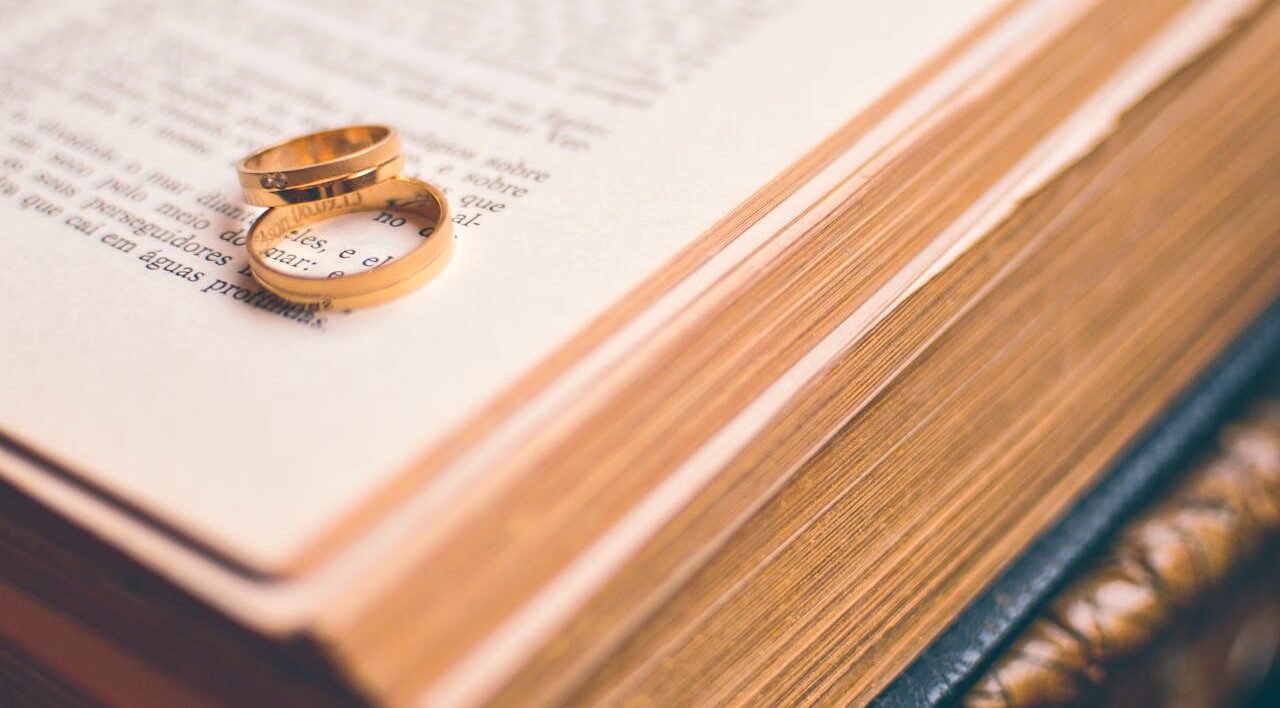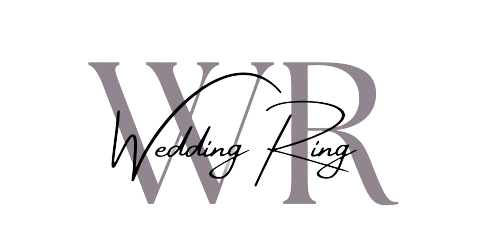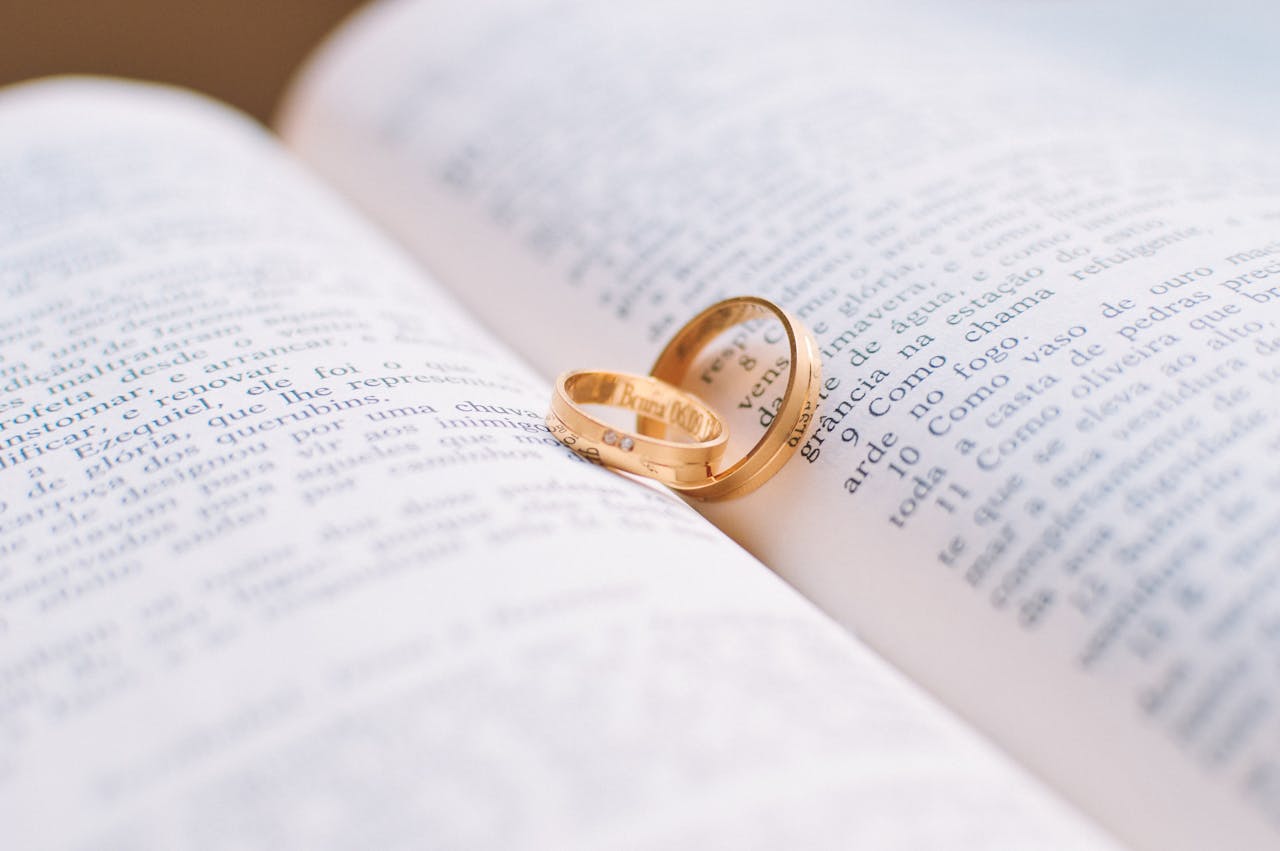Wedding rings have been a cherished symbol of love and commitment for centuries. Their designs have evolved over the decades, reflecting changing styles, cultural influences, and technological advances. Whether you’re interested in vintage designs or modern trends, understanding the evolution of wedding rings can provide insight into their significance and why certain styles resonate with different generations.
The Early 1900s: Classic and Simple Designs
At the beginning of the 20th century, wedding rings were characterized by simplicity. The early 1900s saw a focus on basic gold bands, with little embellishment or intricate detail. These designs were intended to symbolize a pure, unbroken bond between two people, which is why simple bands were favored.
While diamonds were present in some rings, they weren’t as prominent in wedding bands as they are today. In this period, diamond rings were mostly reserved for engagements. Wedding rings remained understated, allowing the diamond engagement ring to be the star of the show.
The 1920s: Art Deco Elegance
The 1920s marked the rise of the Art Deco movement, which brought a more luxurious and geometric approach to jewelry design. This era saw the introduction of bolder shapes, more intricate metalwork, and the use of colored gemstones alongside diamonds. Wedding rings during this time were still relatively simple but often featured geometric patterns or unique shapes.
Diamonds became more integrated into wedding bands during this time, as couples began to appreciate the elegance they added to the design. The cut of the diamond was also more artistic, reflecting the overall Art Deco style of the era.
The 1950s: Hollywood Glamour
The post-World War II era saw the rise of Hollywood-inspired glamour, with elaborate and ornate wedding rings becoming more popular. Diamonds took center stage in both engagement rings and wedding bands during this period. Celebrity weddings, especially those of iconic stars like Elizabeth Taylor and Grace Kelly, set trends for larger and more extravagant rings.
Platinum became a sought-after metal for wedding rings, replacing gold as the go-to choice for couples looking for something a little more luxurious. The 1950s established the diamond as a standard in wedding rings, a trend that persists today.
The 1980s: Bold and Unique
In the 1980s, individuality became a strong trend in wedding ring design. Rings were designed to be as unique as the couple wearing them, with bold designs, intricate details, and a mix of metals. White gold and platinum continued to be popular, but yellow gold made a strong comeback as well.
Diamonds were still a key element, but other gemstones, such as sapphires, rubies, and emeralds, began to make appearances in wedding bands. The mix of colored gemstones with diamonds allowed for more personalized rings that stood out from traditional styles.
The 2000s: Minimalist and Modern
In the 21st century, wedding rings have become more minimalist, reflecting modern tastes for simplicity and elegance. Sleek designs with clean lines dominate contemporary wedding rings. Couples are now choosing wedding bands that complement their lifestyle, often favoring designs that are subtle yet stylish.
White gold and platinum continue to be popular choices, though rose gold has also gained significant traction. Minimalist rings often feature smaller diamonds or none at all, opting instead for a focus on the craftsmanship of the metal band itself.
The Rise of Lab-Created Diamonds
A significant shift in the wedding ring industry in recent years has been the rise of lab-created diamonds. These diamonds are chemically identical to natural diamonds but are created in a controlled environment, offering an ethical and sustainable alternative.
Lab-created diamonds have the same brilliance and strength as mined diamonds, but they come at a fraction of the cost. They also reduce the environmental and ethical concerns associated with traditional diamond mining. For couples looking to make a more conscious choice, lab-created diamonds offer an excellent option without sacrificing beauty or quality.
The Future of Wedding Rings
As we move into the future, wedding ring designs are likely to continue evolving with a focus on personalization and sustainability. More couples are choosing to design their rings, combining traditional elements with unique features that reflect their relationship.
Sustainability will play an even larger role in wedding ring design, with more demand for ethical materials, like lab-created diamonds, and recycled metals. Technology will also enable more customization, from 3D-printed rings to virtual design consultations.
Conclusion
The evolution of wedding ring designs reflects the changing values, tastes, and priorities of society over the decades. From the simple bands of the early 1900s to the bold styles of the 1980s and the minimalist trends of today, wedding rings have always been a symbol of love, adapted to the times. As we look forward, lab-created diamonds and sustainable materials will likely play a significant role in shaping the future of wedding rings, offering couples more choices than ever before.




